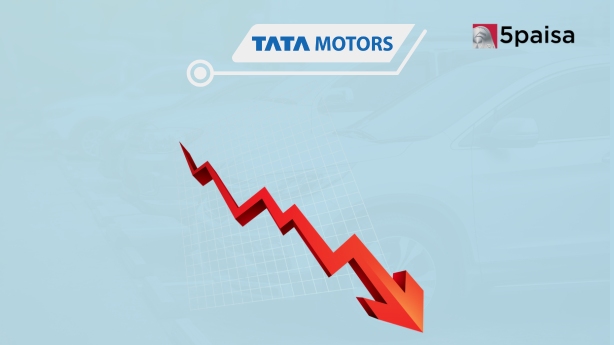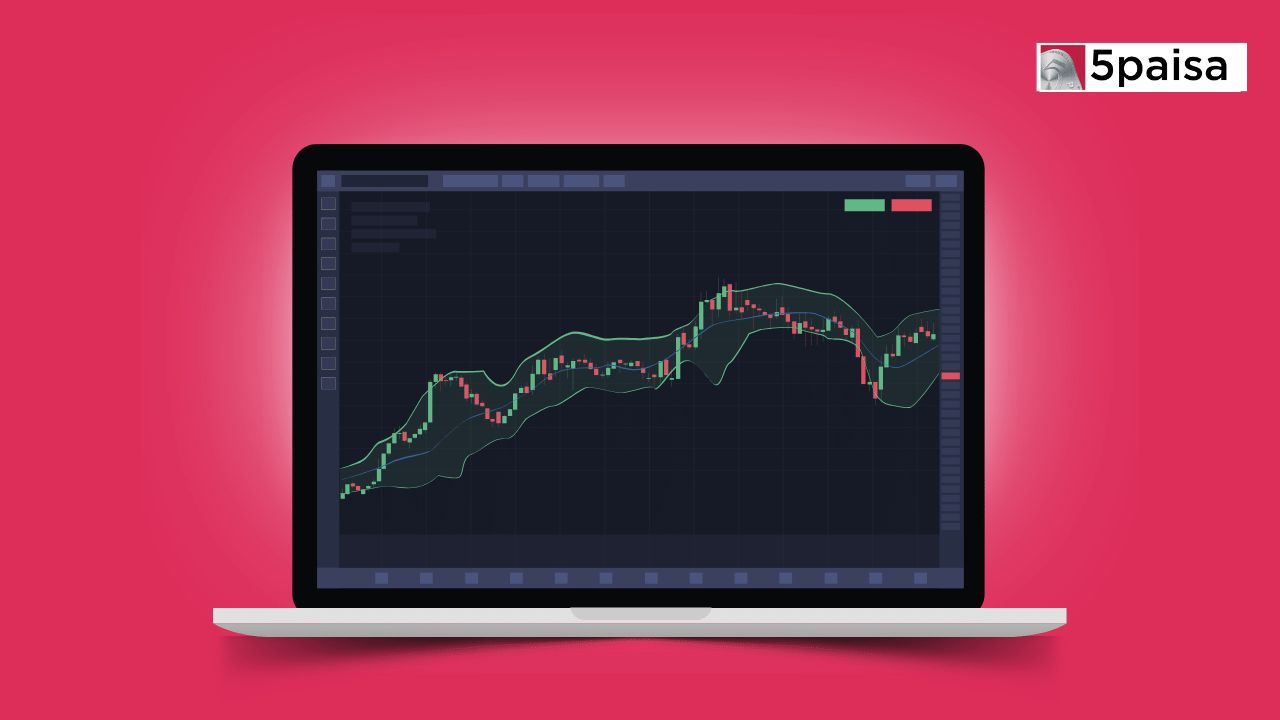iThe current values are delayed, open demat account for live values.
Nifty CPSE
Nifty CPSE Performance
-
Open
5,673.35
-
High
5,725.80
-
Low
5,625.40
-
Prev Close
5,686.85
-
Dividend Yeild
3.71%
-
P/E
12.05
Nifty CPSE Chart

Color code for Stocks Performance
- 5% and above
- 5% to 2%
- 2% to 0.5%
- 0.5% to -0.5%
- -0.5% to -2%
- -2% to -5%
- -5% and below
Constituent Companies
| Company | Market Cap | Market Price | Volume | Sector |
|---|---|---|---|---|
| Bharat Electronics Ltd | ₹187167 Cr |
₹256.1
(0.86%)
|
19942821 | Aerospace & Defence |
| NLC India Ltd | ₹31005 Cr |
₹223.78
(1.34%)
|
2441657 | Power Generation & Distribution |
| Oil India Ltd | ₹63787 Cr |
₹392.4
(2.47%)
|
3323112 | Crude Oil & Natural Gas |
| Power Grid Corporation of India Ltd | ₹243443 Cr |
₹261.9
(4.3%)
|
12785317 | Power Generation & Distribution |
| Cochin Shipyard Ltd | ₹34837 Cr |
₹1324
(0.74%)
|
554808 | Aerospace & Defence |
Nifty CPSE Sector Performance
Top Performing
| Sector Name | Percentage Change |
|---|---|
| Ceramic Products | 0.01 |
| Dry cells | 2.46 |
| Real Estate Investment Trusts | 0.52 |
| Paints/Varnish | 0.6 |
Under Performing
| Sector Name | Percentage Change |
|---|---|
| Diamond, Gems and Jewellery | -1.56 |
| IT - Hardware | -0.49 |
| Leather | -0.67 |
| Healthcare | -0.4 |
Nifty CPSE
A stock market index is a tool used to measure the performance of a specific group of stocks, typically from a particular sector or market segment. These indices are calculated using various methods, often based on the market capitalization of the companies included. Stock indices help investors gauge the overall market sentiment, track industry trends, and make informed investment decisions. They are regularly updated and rebalanced to reflect changes in market conditions. By investing in indices or related financial products like ETFs, investors can gain exposure to a broad range of companies within a specific sector or market, offering diversification and reduced risk.
What is the Nifty CPSE Index?
The NIFTY CPSE is a thematic index launched by the NSE to support the Indian government's divestment initiative in select Central Public Sector Enterprises (CPSEs). Introduced on March 18, 2014, with a base value of 1000 (base date: January 1, 2009), the index includes 12 stocks from sectors like Power, Oil & Gas, Capital Goods, Metals & Mining, and Construction.
The index was launched in the form of a CPSE ETF to facilitate disinvestment. It is rebalanced quarterly, with a 20% cap on stock weights, ensuring it reflects the evolving dynamics of CPSEs. The NIFTY CPSE is managed by NSE Indices Limited.
How is the Nifty CPSE Index Value Calculated?
The NIFTY CPSE index value is calculated using the formula:
Index Value = Current Index Market Capitalization / (Base Free Float Market Capitalization * Base Index Value)
Current Index Market Capitalization is derived from the number of shares outstanding, multiplied by the Investible Weight Factor (IWF), capping factor, and price. Since the index follows the market capitalization method, the IWF is set at 1.
The index is rebalanced semi-annually using six months of data, with cutoff dates on January 31 and July 31. Any changes to the constituent stocks take effect on the last trading day of March and September. Stocks may be removed due to suspension, delisting, or corporate events like mergers, demergers, or acquisitions. This process ensures the index accurately reflects the current dynamics of the CPSEing sector.
Nifty CPSE Scrip Selection Criteria
The NIFTY CPSE share price is calculated by weighting its 12 constituent stocks based on periodically capped free-float market capitalization relative to a base market capitalization, updated in real-time. To be considered for inclusion in the NIFTY CPSE index, securities must meet several eligibility criteria.
First, the stock must be listed on the National Stock Exchange (NSE) and be included in the list of Central Public Sector Enterprises (CPSEs) published by the Department of Public Enterprises. The company should be owned to the extent of 51% by the central or state government under the promoter category. Additionally, the company must have an average float-adjusted market capitalization of more than ₹1,000 crore for the six-month period ending December 2019.
To be eligible, companies must also comply with the Insurance Regulatory and Development Authority (IRDA) dividend norms. CPSEs listed on the NSE after January 1, 2004, are included in the index in the quarter following their listing. Initially, constituent stock weights were capped at 25%, but subsequent quarterly rebalancing of weights is capped at 20%, conducted in March, June, September, and December to ensure balance and accurate representation of CPSE performance.
How does Nifty CPSE work?
The Nifty CPSE index tracks the performance of 12 selected Central Public Sector Enterprises (CPSEs) listed on the National Stock Exchange (NSE). The index is designed to support the Indian government's disinvestment strategy. Constituent stocks are selected based on their compliance with government ownership of at least 51% and their inclusion in the Department of Public Enterprises' list.
The index is weighted by free-float market capitalization, with stock weights capped at 20%, and is rebalanced quarterly in March, June, September, and December. This ensures the index reflects the evolving dynamics of CPSEs, giving investors a focused view of India's public sector enterprises.
What are the Benefits of Investing in the Nifty CPSE?
Investing in the Nifty CPSE index offers several benefits. It provides exposure to major Central Public Sector Enterprises (CPSEs) across key sectors like power, oil, gas, and capital goods, giving investors a stake in well-established, government-backed companies. These companies typically offer stability and dividend payouts, which can attract long-term investors.
The index is rebalanced quarterly, ensuring that it remains aligned with market conditions and sectoral dynamics. Additionally, the Nifty CPSE index supports the government’s disinvestment initiative, offering investors the opportunity to participate in India's economic growth through public sector enterprises.
What is the History of the Nifty CPSE?
The Nifty CPSE index was launched on March 18, 2014, by the National Stock Exchange (NSE) to facilitate the Indian government’s disinvestment initiative in Central Public Sector Enterprises (CPSEs). The index's base date is January 1, 2009, with a base value of 1,000. It was introduced alongside the creation of the CPSE Exchange Traded Fund (ETF), which allows investors to participate in the government's divestment program.
The index consists of 12 CPSEs across key sectors like power, oil, and capital goods, with weights capped at 20%. The Nifty CPSE is rebalanced quarterly to reflect the evolving performance and structure of the public sector enterprises.
Other Indices
| Indices Name | Price | Price Change (% change) |
|---|---|---|
| India VIX | 14.53 | -0.15 (-1.02%) |
| Nifty 10 Yr Benchmark G-Sec | 2477.38 | -3.81 (-0.15%) |
| Nifty 10 Yr Benchmark G-Sec (Clean Price) | 893.06 | -1.58 (-0.18%) |
| Nifty 100 | 23274.05 | -137.35 (-0.59%) |
| Nifty 100 Alpha 30 Index | 16085.8 | -230.85 (-1.41%) |
Faqs
How To Invest in Nifty CPSE Stocks?
To invest in Nifty CPSE stocks, you can buy individual stocks listed in the index through a Demat account. Alternatively, you can invest in ETFs or index funds that track the Nifty CPSE Index, offering a diversified and cost-effective way to gain exposure to top large-cap companies.
What are Nifty CPSE stocks?
Nifty CPSE stocks are the top 12 Central Public Sector Enterprises (CPSEs) listed on the NSE, owned at least 51% by the government, and span sectors like power, oil, and capital goods.
Can you trade shares on Nifty CPSE?
Yes, you can trade shares of companies listed in the Nifty CPSE Index through a Demat account. You can buy and sell these stocks during market hours like any other listed stock. Additionally, you can invest in ETFs or index funds based on the Nifty CPSE Index for broader exposure.
In which year was the Nifty CPSE Index launched?
The Nifty CPSE Index was launched in March 2014 by the National Stock Exchange (NSE).
Can we buy Nifty CPSE and sell it tomorrow?
Yes, you can buy Nifty CPSE stocks and sell them the next day, following the BTST (Buy Today, Sell Tomorrow) strategy. This allows you to take advantage of short-term price movements without waiting for the usual settlement period.
Latest News

- Feb 21, 2025
Indian stock markets ended in the red as key indices faced pressure from auto and financial stocks. The Sensex fell 424 points to close at 75,311, while the Nifty slipped 117 points to end at 22,795. The sell-off was led by the auto sector, which tanked 2.5% following reports of a potential reduction in import duties on EVs.

- Feb 21, 2025
The ownership structure of India Inc. is experiencing a significant transformation, with foreign portfolio investors (FPIs) reaching their lowest stake in NSE-listed companies in 13 years. In contrast, domestic mutual funds (MFs) and retail investors are making substantial gains.

- Feb 21, 2025
Amid reports of senior executives departing Tata Motors Ltd. ahead of its planned demerger, the company’s stock faced significant selling pressure during Friday’s early trading session. Tata Motors' share price opened lower at ₹686 per share on the NSE and quickly dropped to an intraday low of ₹673.30 within the first hour of trading.

- Feb 21, 2025
Regulated entities must cultivate the necessary capabilities to adapt to and adhere to evolving regulations, stated Rajeshwar Rao, deputy governor of the Reserve Bank of India (RBI), on February 21. As financial institutions increasingly adopt artificial intelligence (AI), cloud computing, and API-driven finance, the demand for strong governance frameworks and risk management strategies has never been more critical, he noted.
Latest Blogs
Introduction to Ashish Kacholia Ashish Kacholia's financial journey began in the 1990s. He gained valuable experience at firms like Prime Securities and Edelweiss before founding Lucky Securities in 1995. In 1999, he co-founded Hungama Digital with Rakesh Jhunjhunwala, showcasing his ability to spot emerging trends.
- Oct 10, 2025

Navigating the numerous banking options in India is essential for individuals and businesses alike. The best banks in India go beyond traditional banking, offering a wide array of financial services that play a crucial role in the country's economic stability. From innovative digital banking solutions to comprehensive investment and loan offerings, these famous banks in India serve as reliable financial partners.
- Apr 14, 2025


Nifty Prediction for 24th February Another weak day for the NIFTY as it falls 0.6% and closes marginally below 22800. Auto stocks corrected sharply on concerns over a new EV policy that could increase competition. M&M was the top loser at -6%. TATAMOTORS also corrected 2.5%. ADANIPORTS AND WIPRO were among the other top losers. On the other hand, HINDALCO, SBILIFE AND TATASTEEL bucked the trend and were up 2-2.5%. ADR was weak at 0.3 and indicates a broadbased correction.
- Feb 21, 2025
